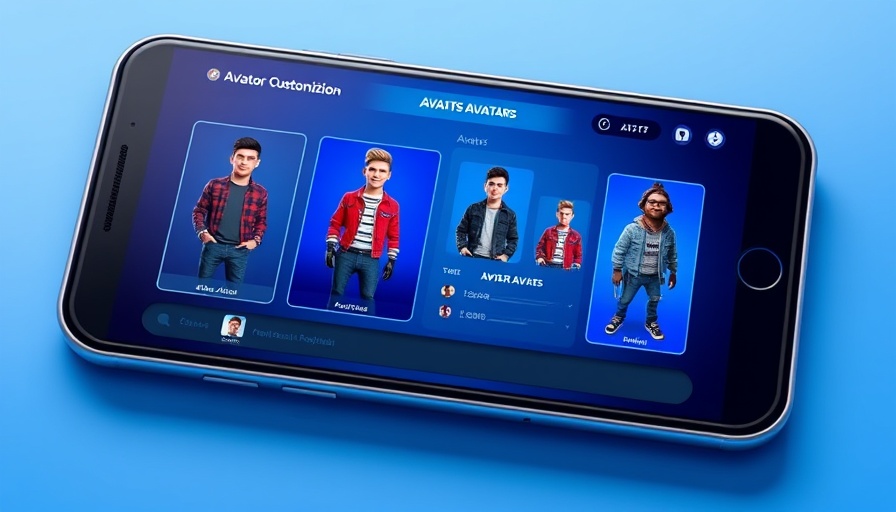
What Does Multiple Meta Avatars Mean for Kids?
With Meta now allowing users to create multiple avatars, parents might be wondering about the implications for their children. This feature enables kids to express themselves differently across various social platforms, such as Facebook, Instagram, and Messenger. While the intentions behind this update may focus on creativity and self-expression, it also raises important questions regarding online identity and safety.
Understanding the Appeal of Personalized Avatars
Personalized avatars have become increasingly popular among children and teens. They not only serve as digital representations but also enable users to experiment with different looks and identities. For young users, having multiple avatars provides a fun opportunity to express various facets of their personality, whether it's showing off their favorite sport or trying out different fashion styles. But is it just a harmless trend, or does it have deeper implications for children navigating their online presence?
Navigating Online Safety and Privacy
For parents, the introduction of multiple avatars can be a double-edged sword. While on one hand, it encourages creativity, on the other, it poses risks related to privacy and online safety. Children might not always understand how to protect their personal information when using avatars across different platforms. This is why it's crucial for parents to engage with their children about safe online practices and the importance of using aversions cautiously.
Practical Steps to Enhance Online Safety
Encouraging children to set up privacy settings across their social media accounts is an essential step. Parents should also discuss the difference between their online persona and real life, emphasizing the need for honesty while still protecting personal information. Here are some actionable insights for parents:
- Education on Privacy Settings: Teach children how to adjust their settings to limit who can see their avatars and posts.
- Setting Guidelines: Encourage your kids to think carefully about what information they share alongside their avatars.
- Open Communication: Regular conversations about their online experiences can help identify any potential issues early on.
Engaging in Digital Creativity Together
Instead of allowing children to navigate these tools alone, parents can take an active role in their online creativity. Participating together in creating avatars can be a bonding activity, allowing parents to understand what platform their kids are using and how they can support them. This involvement builds trust and offers an opportunity to teach about safe online interaction.
Conclusions: The Future of Digital Representation
Meta's move to enable multiple avatars reflects a growing trend in digital representation and self-expression that resonates with younger users. As technology continues to evolve, so do the opportunities for children to creatively express themselves. However, parents must remain vigilant about digital safety as their children explore these virtual identities. By promoting open discussions and providing proper guidance, families can enjoy the benefits of online creativity while maintaining a secure digital environment.
 Add Row
Add Row  Add
Add 




Write A Comment